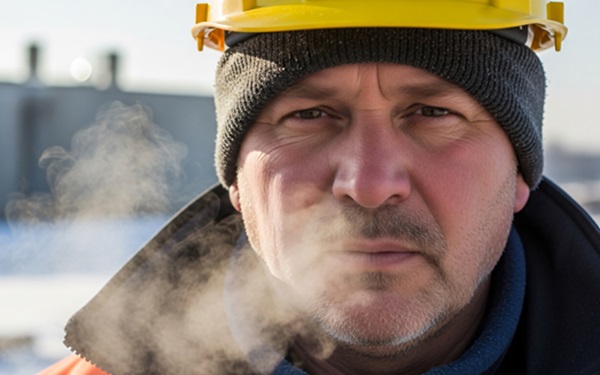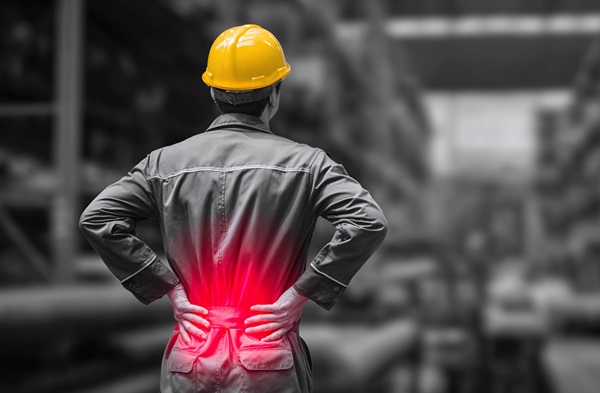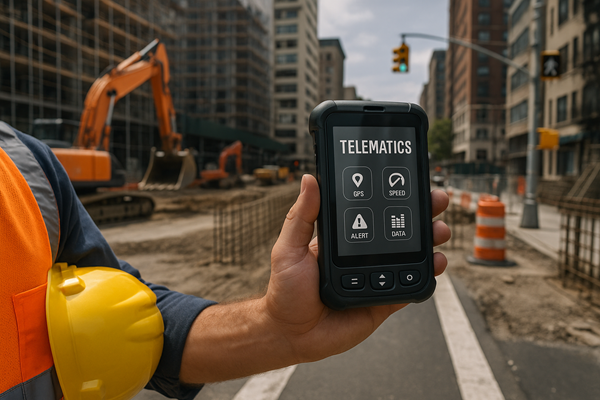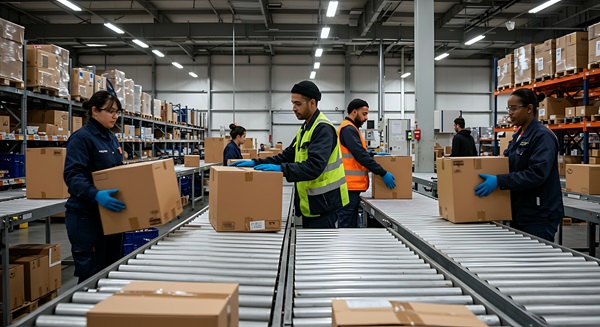
What New York Disability Applicants Need to Know Before Posting or Going Out in Public
Applying for Social Security Disability benefits is already stressful. You are dealing with medical limits, financial pressure, and a system that often feels stacked against you. What many New Yorkers don’t realize is that while you’re trying to prove your disability, the government may be quietly watching you. Surveillance and social media monitoring are real tactics that can be used to challenge your claim.
At Pasternack Tilker Ziegler Walsh Stanton & Romano, LLP, our lawyers represent New Yorkers in SSD cases every day. We see firsthand how often online activity and everyday behavior are misinterpreted and used to deny benefits. For anyone searching for a Social Security Disability lawyer in New York, understanding these risks early can protect your claim before damage is done.
Why Surveillance Plays a Role in Disability Cases
The Social Security Administration doesn’t rely solely on medical records. If there are questions about whether your condition truly prevents you from working, surveillance may be used to look for what they call “inconsistencies.” This can include video footage, photographs, and even witness reports.
Insurance carriers are far more aggressive in private disability cases, but SSD cases are not immune to such tactics. In some situations, investigators observe claimants in public settings such as grocery stores, parking lots, or outside medical appointments. A brief moment of movement without context can be taken out of proportion and used to suggest that your condition is not as limiting as you claim.
The danger is not in what you are actually capable of doing. The danger lies in how limited snapshots of your life can be misunderstood when stripped of medical background, pain levels, or recovery time.
How Social Media Becomes Evidence
Social media has quietly become one of the most powerful tools used against disability applicants. Even private accounts can sometimes be accessed through tagged photos, shared content, or third-party posts.
What makes social media so dangerous is that it shows moments, not reality. A single smiling photo can be used to argue that depression is not severe. A post from a family gathering can be twisted into an alleged physical capability. A lighthearted comment can be misread as proof that pain is exaggerated.
Common types of posts that are often used against SSD applicants include:
- Photos Showing Activity: Walking, travel, events, or hobbies with no explanation of recovery time or resulting pain.
- Check-Ins and Location Tags: Used to argue mobility or stamina.
- Old Posts Resurfaced: Content posted years earlier that no longer reflects current health limitations.
- Third-Party Tags: Friends or family posting images that applicants never approved for disability review.
Even when posts are accurate, they rarely show the aftermath. They don’t show signs of exhaustion, flare-ups, or medical consequences after brief periods of activity.
What Most People Don’t Realize About Surveillance
Surveillance is rarely about catching you doing something dramatic. It’s about building a misleading narrative from routine behavior.
Buying groceries, carrying a light bag, bending to tie a shoe, or standing at a bus stop can all be edited into a version of reality that suggests you can work. The law doesn’t require investigators to show the full picture. They only show the moments that support denial.
The result is that applicants are sometimes forced to defend everyday survival tasks as if they were proof of employability. This is where experienced legal guidance becomes critical. Without the right medical explanation and legal framing, these small moments can unfairly derail valid claims.
How Surveillance and Social Media Affect Different Types of Disability Claims
Surveillance and online monitoring impact both physical and non-physical disability cases.
In physical injury cases, short bursts of movement may be misused to disregard chronic pain, nerve damage, cardiac conditions, or orthopedic limits. In mental health cases, social interaction in controlled environments is often wrongly used to deny severe anxiety, PTSD, or major depressive disorders.
Invisible injuries suffer the most under this system because they rely heavily on medical consistency, credibility, and symptom history rather than visible proof.
What You Should and Should Not Do During an SSD Claim
We never advise clients to live in fear or isolate themselves. But awareness matters. Protecting your case doesn’t mean stopping life. It means understanding how innocent actions can be misinterpreted.
Here are practical guidelines that protect your credibility:
- Limit Social Media Posting: Especially content that shows physical activity, travel, or events.
- Avoid Commentary About Your Case Online: Even general statements can be misunderstood.
- Assume Public Activity Can Be Observed: Always act within your medical limitations.
- Follow Medical Restrictions Consistently: Gaps between reported limits and observed activity create vulnerabilities.
This isn’t about hiding. It is about making sure your real medical condition is accurately represented.
Why Legal Guidance Matters More Than Ever
Once surveillance footage or social media evidence is introduced into a disability case, the burden often shifts unfairly onto the applicant. Instead of focusing on medical proof, applicants are forced to explain everyday moments that were never meant to define their health.
Our firm regularly defends clients against these tactics by:
- Connecting activity to documented medical limitations
- Demonstrating post-activity pain and recovery requirements
- Exposing selective editing and misleading timelines
- Reinforcing consistency across medical records and testimony
The law allows surveillance. It also allows us to challenge it when it distorts reality.
The Emotional Toll of Feeling Watched
Beyond legal risk, surveillance carries a psychological burden that many applicants never anticipate. Feeling watched can make people second-guess basic actions. It can deepen anxiety, make depression worse, and isolate people who already feel vulnerable.
No one seeking disability benefits should feel like their daily life is under a microscope. But until claims are resolved, it’s smart to act with informed caution rather than blind trust.
How We Protect Social Security Disability Claimants
At Pasternack Tilker Ziegler Walsh Stanton & Romano, LLP, our attorneys prepare disability cases as if surveillance already exists. That approach allows us to:
- Anticipate how behavior may be interpreted
- Prepare medical explanations before the issue is raised
- Strengthen credibility through consistent documentation
- Prevent small moments from becoming major obstacles
We fight to make sure disability decisions are based on medical truth, not selective snapshots.
Protect Your SSD Claim Before It’s Challenged
If you’re applying for disability benefits or already facing questions about your activity or online presence, timing matters. The earlier you understand how surveillance and social media affect your case, the stronger your protection becomes.
If your SSD claim has been denied, delayed, or questioned due to surveillance or online activity, we can help you defend your credibility and pursue the benefits you deserve.
Give us a call or contact us online to schedule a free consultation. We’re based in New York but offer legal representation for SSD claims nationwide.
“I am truly grateful for the support I received during my disability application process. Daisy Gonzalez played an invaluable role in making sure my application was submitted on time, carefully handling all my medical records and keeping me updated at every stage. Her respectful attitude, proactive approach, and constant attention to detail gave me confidence throughout this difficult process.” – Atul S., ⭐⭐⭐⭐⭐
Prior results do not guarantee outcomes.
Attorney Advertising.











